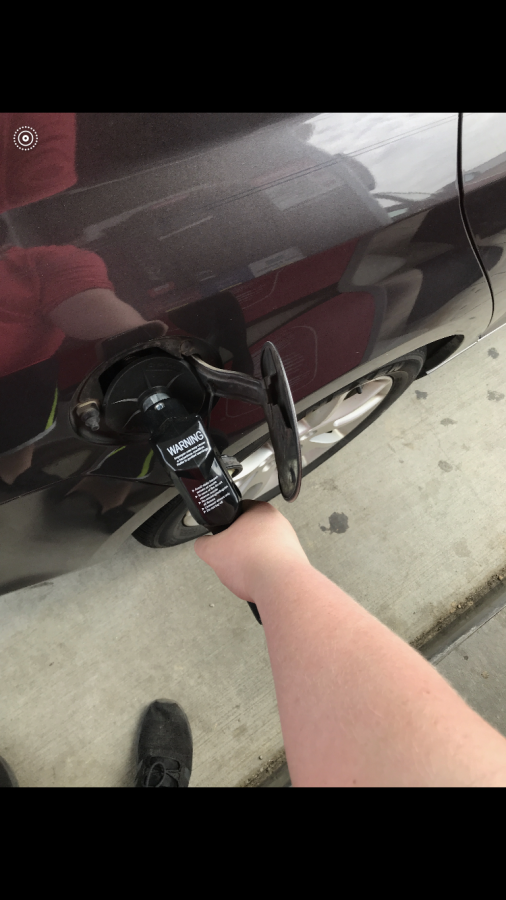Students Feel the Effects of Rising Gas Prices
Students will feel the pinch at the pump this summer.
April 9, 2021
It’s no secret that gas prices are rising. One year ago, the average cost of gas was just over two dollars per gallon; now, as of March 2021, the average price is just under three dollars per gallon, according to a YCharts graph, and it’s expected gas prices will be higher in 2021 and 2022.
With EHS students starting to drive, it’s important to understand what’s happening and how it’ll impact students. Gas prices are set based on many factors: the cost of crude oil, supply and demand, OPEC, and other determinants all affect the cost of gas. Government and sociology teacher Mr. Kevin Johnson states, “A lot of it is pure supply and demand.”
OPEC is an organization of 13 oil-rich countries that control around 40% of the world’s crude oil and exports 60% of all oil traded globally, according to the U.S. Energy Information Administration.
The reason the costs were low last year was because of the low demand for fuel during the pandemic. Thus, there is currently less oil and gas in circulation, and demand is going up as the United States reopens, consequently driving the prices up.
There are many who may pin the cause of the rising prices to President Joe Biden, blaming his executive orders that canceled the construction of the Keystone XL pipeline and halted new oil drilling on federal land, but this isn’t the case. Although it is likely that these actions will affect the cost of prices, there won’t be a visible impact for a few years.
Senior Nick Church isn’t concerned about the rising cost of fuel, “I don’t think there will be much of an impact.” Mr. Johnson agrees as of now, but still thinks that the impact will grow in the future, “I don’t think it will have much of an impact until the prices plateau at around three dollars.”
According to the National Bureau of Economic Research, teen drivers are more likely to use public transportation and/or drive more fuel-efficient vehicles throughout their lives if they start driving in a period when gas prices were high. The biggest impact that the rise in gas prices will have on teen drivers is the amount that they drive and what they drive. Only time will tell what the consequences of the hike in gas prices and its effects on teen drivers will be.



